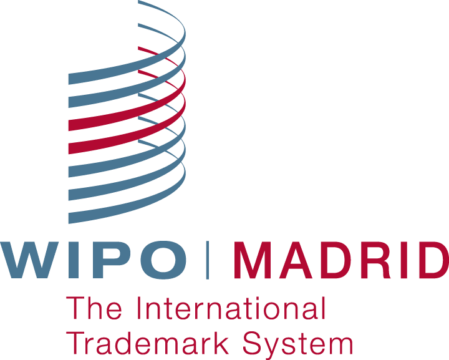Takeaway: Though you can use the Madrid Protocol to file one application and obtain trademark protection in multiple countries, there are some disadvantages to this process.

If you are planning to monetize your goods or services internationally, one of the best options to protect your brand is to file a trademark with the Madrid Protocol. Its primary benefits are cost and time savings. Initially, the cost is lower, as you will not need foreign associates to file. As well, when it is time to renew in 10 years, a single renewal is possible at lower cost than doing it country-by-country. If you decide to assign the rights to the mark, you can save money by recording one assignment rather than on a country-by-country basis.
While it seems like there are only benefits to filing with the Madrid Protocol, there are some disadvantages to this process. First, if there is any problem with the application in any country, then a foreign associate is needed in that country, and some of the cost advantage disappears. Some countries issue office actions on pending U.S. applications, setting a response date and requiring submission of the U.S. registration. This may decrease the cost advantage in that it may require use of an associate. We recommend use of Madrid Protocol only from issued U.S. registrations on the principal register, and preferably those that are incontestable. Secondly, the registrations have to be owned by an entity in a country that is a member of the Madrid Protocol. As a U.S. company, all rights hinge on the U.S. registration. If that is lost, then all of the foreign registrations are lost. Further, in individual country filings, the description of the goods/services can be broader in foreign countries than is possible in the U.S. In Madrid, we are limited to what is in the U.S. registration. Further, the registrations cannot be sold to an entity whose home country is not a member of the Madrid Protocol. Lastly, if there are issues with the application and no foreign associate is assigned, the central authority (WIPO) is slow in providing notice.
While the Madrid Protocol process may seem like an obvious economic choice, the advantages of this trademark filing are not without its disadvantages. It is important to take these disadvantageous possibilities into account when aiming to protect your brand internationally.
Image Credit: https://revisionlegal.com/trademark-law/international-trademark-filing/



